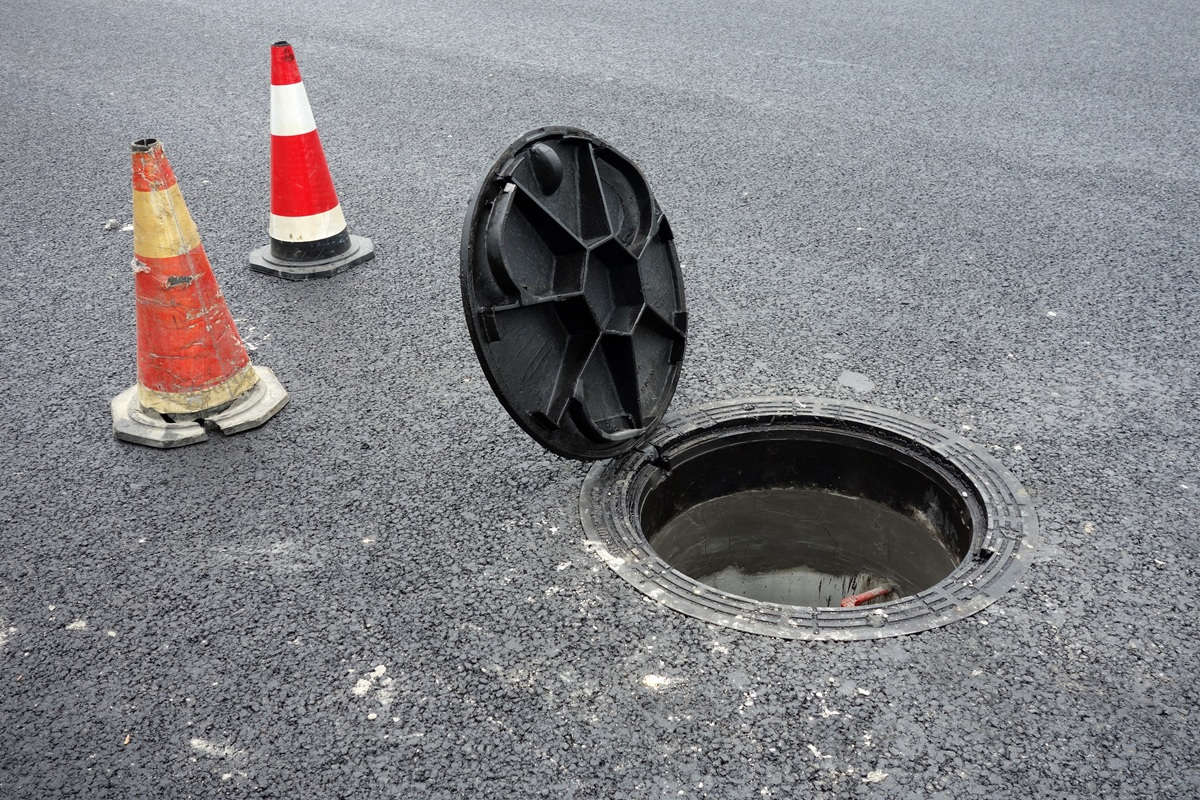Do as I Say not as I Do
On March 29, 2013, President Barack Obama announced his Rebuild America Partnership at the Port of Miami. This plan, as a precursor for his Fiscal Year 2014 (FY14) budget, aims to strengthen the financial investment in America’s infrastructure. In his speech, Obama outlined a very general but robust plan for the investment.
“What are we waiting for?” Obama asked. “There’s work to be done. There are workers who are ready to do it. Let’s prove to the world that there’s no better place to do business than right here in the United States of America, and let’s get started rebuilding America.”
While it is difficult to analyze the details of the speech, the fact that the President is speaking about investment is most certainly a good sign for infrastructure. The details of his plan, however, must be outlined specifically in the President’s Fiscal Year 2014 budget, where the President has the opportunity to put, as they say, his money where his mouth is.
Fortunately, the wait for the budget wasn’t long after the speech. President Obama’s FY14 Budget was released April 10. In it, the President makes his requests for the fiscal landscape of the government in Fiscal Year 2014 that begins Oct. 1. As you can expect, there’s plenty to talk about, especially concerning infrastructure.
As was to be expected, Obama included several provisions in this budget that were included in budgets past but were not enacted. Most of these provisions have very little chance of being implemented by Congress. In its last four budget requests, the White House has proposed the creation of a National Infrastructure Bank. The FY14 budget requests $10 billion in initial seed money to finance federal lending and credit assistance programs for transportation, water and energy infrastructure projects. The President also coins the new phrase “America Fast Forward” infrastructure bonds, which are merely the infrastructure equivalent of Buy America Bonds that expired in 2010 in hopes the new name would result in a different result before Congress.
There are also a few notable additions to the budget that could benefit infrastructure.
Among the new proposals is a $200 million performance reward for state governments that best cut energy waste and modernize their electricity grids; modernization that will necessitate utility construction.
The budget fully funds the new MAP-21 transportation program that was enacted into law last year at the $53 billion level. This program reauthorized Federal Highway aid and transit formula grants that can fund excavation and utility work around highway projects.
Obama also proposes eliminating the volume cap on Private Activity Bonds for water projects, which allow communities to better fund high expense water infrastructure projects with private investment rather than tax dollars. This has been a priority issue for NUCA for several years and has the potential to raise billions of private dollars for water and wastewater projects.
While there are certainly some things in the FY14 budget to cheer about, it would be a drastic overstatement to call this budget a win for American infrastructure. Although the USDA’s Rural Utilities Service Water and Wastewater program funds increase the dollars available for direct loans (from $731 million enacted in FY12 to $1.2 billion requested for FY14), it cuts water and wastewater grants by almost $130 million (from $432 million enacted in FY12 to $302 million requested in FY14) and zeros out both the Watershed Rehabilitation Program and the Water and Wastewater Community Facilities Loan Guarantees. The Army Corps of Engineers civil works program is reduced to $4.7 billion, or 5.5 percent below FY12 enacted levels.
The FY14 budget reduces funding for the Environmental Protection Agency’s (EPA) Drinking Water and Clean Water State Revolving Funds (SRF) by a combined $472 million. The budget proposes $1.9 billion in federal capitalization for the two programs (down from $2.3 billion enacted in FY12). The budget also assumes the national minimum wage is increased to $9 an hour, which will not only increase the cost of labor, but also the government expense for these government backed projects the President calls necessary.
Further, there are several outspoken critics of the budget. The President’s proposal couples tax hikes with cuts to the federal government’s safety net for the poor and elderly to achieve $1.8 trillion in deficit reduction over 10 years. But each of Obama’s past budgets has each exceeded $1.2 trillion in annual deficits. “It’s easy to go out there and be Santa Claus and talk about all the things you want to give away,” Speaker of the House John Boehner said. “But at some point, somebody has to pay the bill.”
The prognosis for this budget’s enactment, as with most Presidential budget requests, is not optimistic. There are some components that have a higher likelihood of inclusion in Congress’ budget, but let’s not forget, since the President’s inauguration in 2008, the Senate has never passed a budget. If any of the President’s proposals for long-term stability in infrastructure construction in America have any chance of enactment, both parties will need to shift their opinions on the federal role of infrastructure.
Democrats must concede that annual appropriations for infrastructure projects are severely outpaced by the infrastructure needs of the country. Republicans must concede that infrastructure investment is necessary on the federal level. But until the two can find some middle ground on mechanisms for financing the repair, replacement and expansion of American infrastructure, no budget this, or any future, president proposes will be adequate.
Will Brown is NUCA’s Government Relations Manager.




